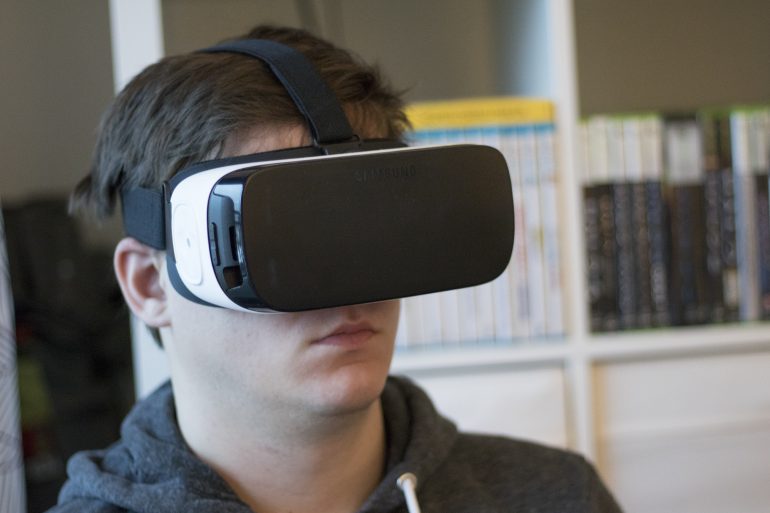In addition to being some of the heaviest internet users in the world, Canadians are also enthralled with virtual reality.
The latest IDC report reveals that virtual and augmented reality will generate 50 percent of worldwide hardware software and services revenues by 2017, and will have grown over 200 percent year over year by the end of 2016. VR-related revenues are projected to be greater than AR-related revenues.
Therefore, worldwide virtual reality and augmented reality service revenue will likely reach $162 billion by 2020.
Of these revenues, Canada is expected to spend $500 million USD or $643 million CAD on virtual and augmented reality services by 2017.
“From a Canadian perspective, because AR-VR technology is still in the early stages of adoption, we expect large year over year growth to tune of over 230% annually throughout the forecast,” said Manish Nargas, research analyst of consumer and mobility.
“While consumer VR adoption will see initial uptake in the Canadian market in the short term, it is the combination of AR and VR hardware in both consumer and commercial that will be drive the overall market by 2020. 360 degree video viewing, social AR and VR gaming and virtual shopping experiences are just some use cases that are at our ‘virtual’ doorstep.’”
Phenomenon such as Pokemon GO has rapidly enveloped most of the world in the potential of augmented reality. Krista Collins, research director of mobility at IDC states that while virtual and augmented reality have been around as concepts for many years, Pokemon GO marks one of the first global distribution of the service at a price everyone could afford.
She goes on to say that as these experiences grow more advanced, we can expect to see the interest level and demand for these mobile services increase.
“Pokémon Go has generated huge awareness for augmented reality in Canada and around the world, but it is just one element of much a broader AR/VR market development, and this is just the beginning. While much excitement has been covered in the consumer market, the expected commercial applications represent great opportunities. Film and TV, retail, and product development are just a few of the fastest growing industries we expect to see in Canada,” she continued.
According to the report, the Asia/Pacific, the United States and Western Europe will account for three quarters of virtual and augmented reality revenues by 2020.
This article was originally published on MobileSyrup


